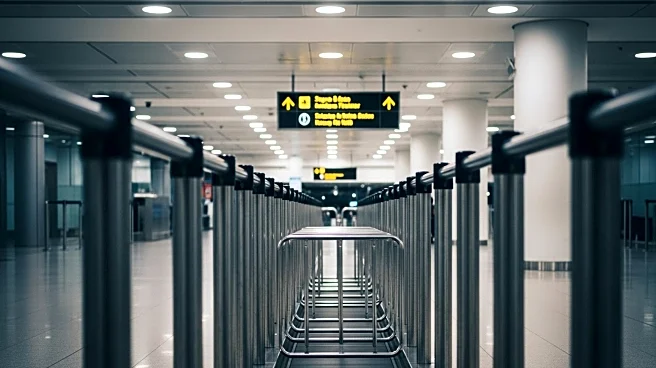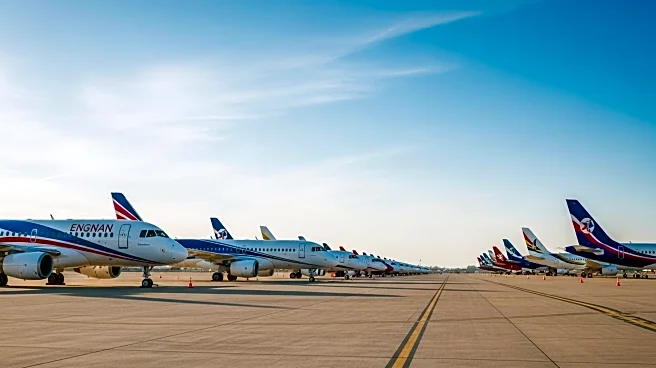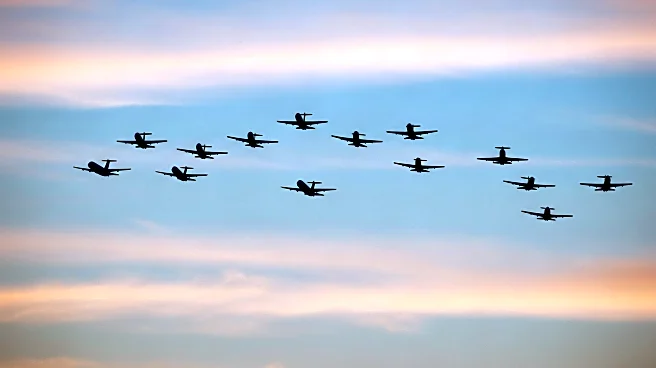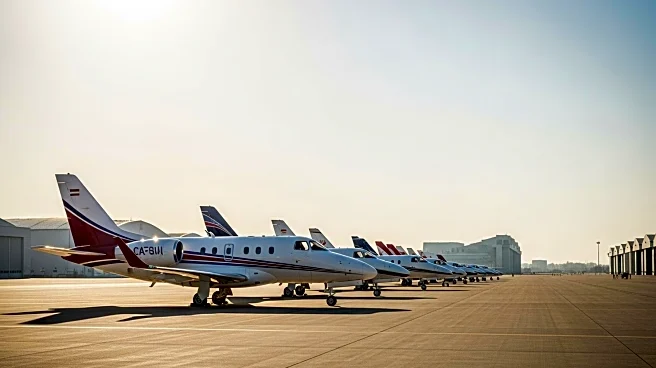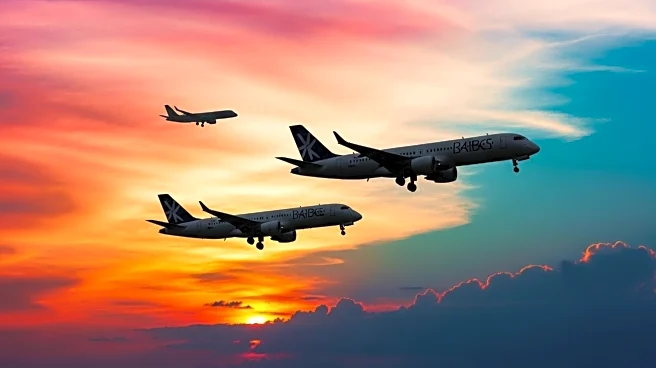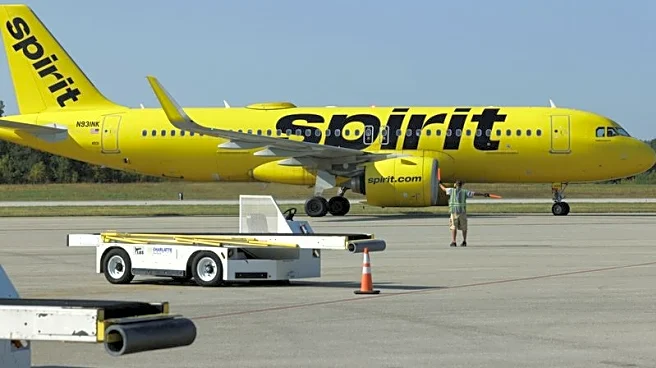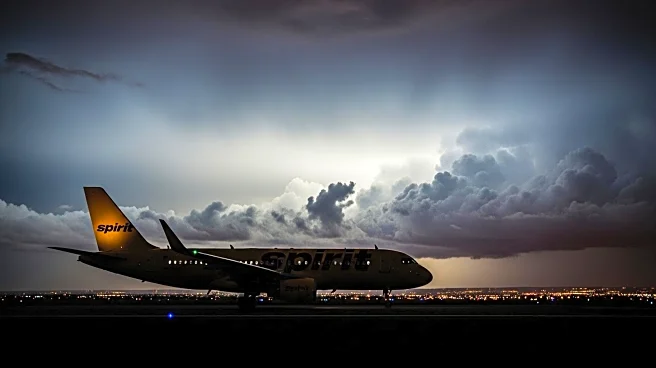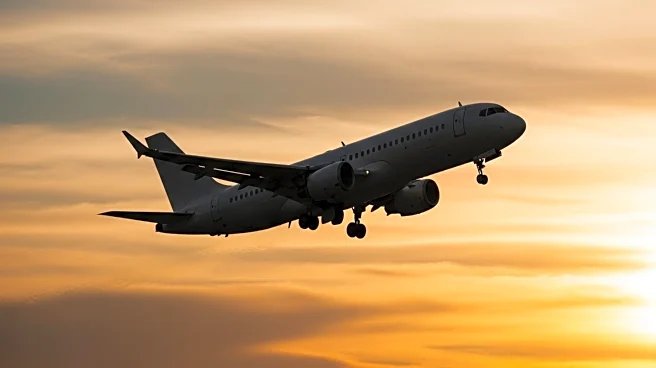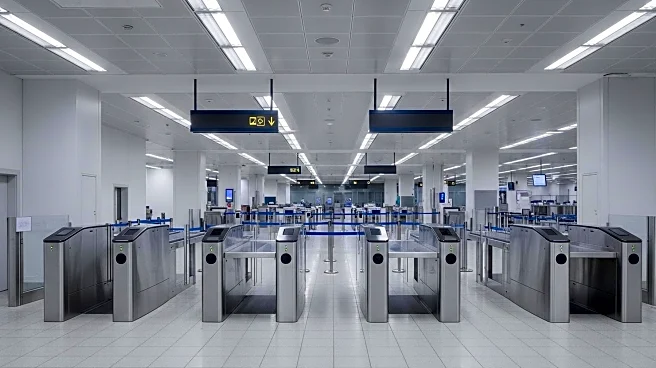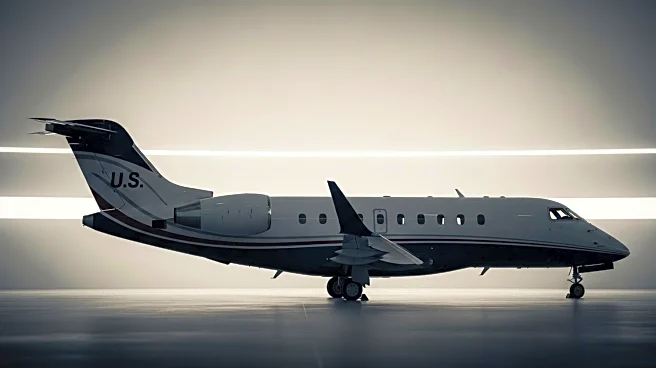What's Happening?
Spirit Airlines is undergoing significant changes as it faces low demand and increased competition from major carriers. The airline plans to reject 87 aircraft leases, effectively reducing its fleet by 41%. This move is part of a broader strategy to return to profitability following bankruptcy. Spirit's November 2025 schedule shows a 19% reduction in flights and a 16% decrease in available seats compared to the previous year. The airline has already withdrawn from 13 cities and approximately 40 routes. Spirit's decision to focus on larger markets with its remaining fleet of Airbus A321s suggests a shift in strategy to compete directly with major airlines like Delta and United.
Why It's Important?
The reduction in Spirit Airlines' fleet and routes highlights the challenges faced by ultra-low-cost carriers in the current aviation market. As major airlines have adjusted their pricing strategies, offering competitive fares in basic economy, Spirit finds it harder to maintain its market share. This shift could impact the airline's profitability and its ability to attract budget-conscious travelers. The decision to focus on larger markets may help Spirit leverage its cost advantages, but it also places the airline in direct competition with well-established carriers. This strategic pivot could influence pricing dynamics and service offerings in the industry, affecting both consumers and competitors.
What's Next?
Spirit Airlines' motion to reject aircraft leases is pending court approval, which could be granted by the end of the month. If approved, the airline will proceed with its fleet reduction and route adjustments. The outcome of this decision will determine Spirit's ability to compete effectively in larger markets. Additionally, the airline is renegotiating union contracts, which could lead to cost savings. The response from major carriers, who may adjust their own schedules and pricing strategies, will be crucial in shaping the competitive landscape. Spirit's success in this new strategy will depend on its ability to attract passengers while managing operational costs.

